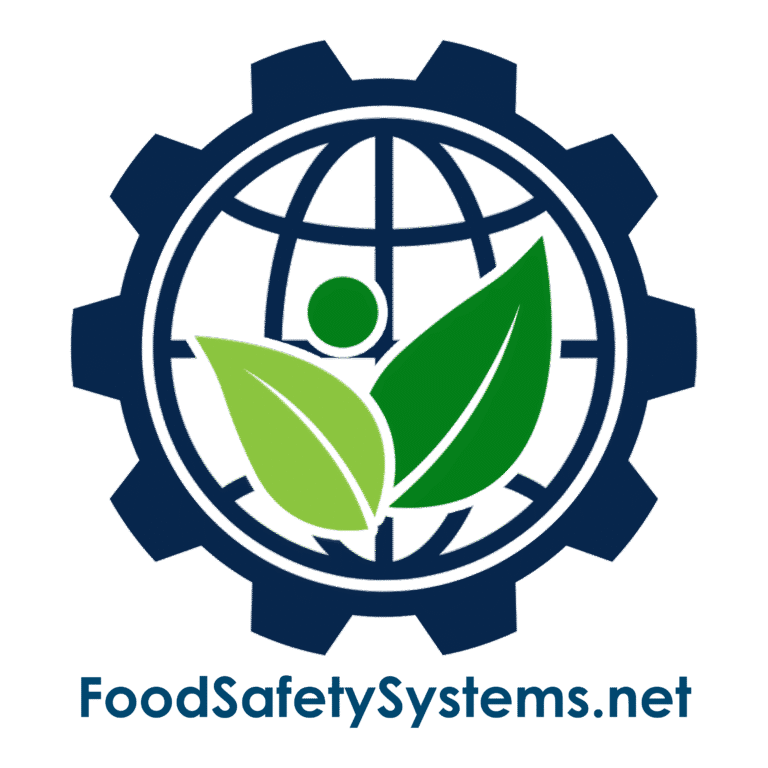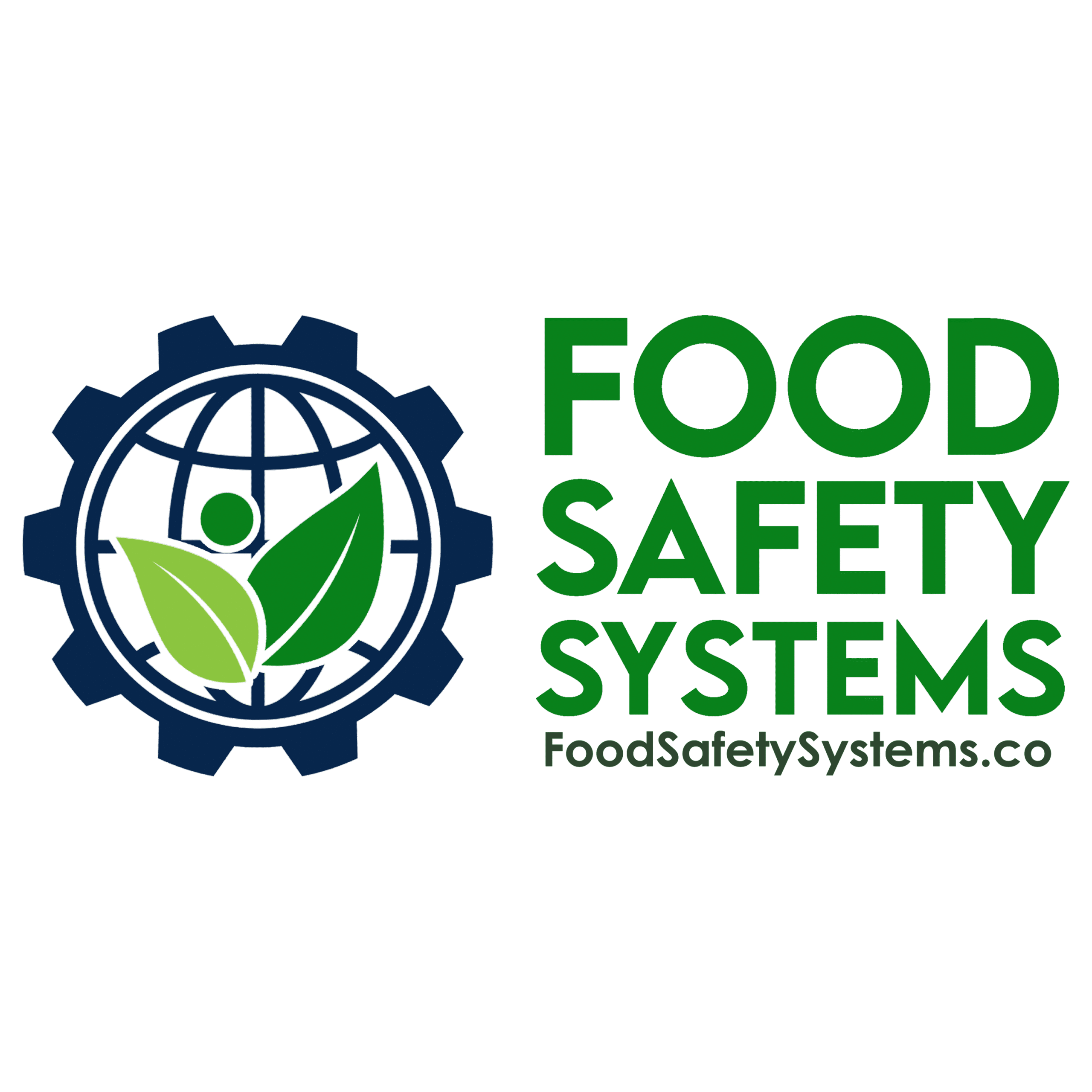Product Description & Intended Use

Aligned with HACCP Principles – Preliminary Step: Describe the Product
Requirement Overview
Under HACCP principles (Codex Alimentarius and applicable regulatory frameworks), every product included in the scope of a food safety plan must be described in detail, covering its composition, processing, packaging, distribution, and intended use. This description forms the basis for hazard identification and risk control, ensuring that food safety decisions are based on accurate product characteristics.
A clear product description strengthens hazard analysis, CCP determination, and communication across production, QA, and food safety teams.
Note: This step is foundational. An incomplete or vague description may compromise the accuracy of the entire HACCP plan.
Aligned with BRCGS for Storage & Distribution Issue 4 – Clause 4.3.1 & 4.3.3
Requirement Overview
BRCGS for Storage & Distribution requires that products moved via cross-docking are traceable and controlled at all times, even when they are not held in storage for extended periods.
Clause 4.3.1: “The company shall ensure that traceability is maintained at all stages, including during cross-docking operations.”
Clause 4.3.3: “Procedures shall be in place to ensure that all products handled, including those not stored on-site, remain under control and are not subject to contamination or substitution.”
Cross-docking operations must not compromise product traceability, safety, or integrity. Even with minimal handling and temporary presence, each product must be accurately identified, documented, and protected.

Key Compliance Objectives
-
✓ Define product characteristics critical to food safety
✓ Establish intended use, handling, and preparation requirements
✓ Identify consumer groups, including vulnerable populations
✓ Document packaging, distribution, and storage specifications
✓ Ensure hazard analysis is aligned with actual product use
Step-by-Step Compliance Implementation
1. Describe the Product
-
Information to Include:
-
• Product name and trade/common name
• Physical and chemical properties (e.g., frozen, RTE, acidic)
• Ingredient list and allergens
• Processing method (e.g., cooked, fermented, pasteurized)
• Packaging material and storage conditions
• Shelf life and stability requirements
Evidence to Maintain:
-
• Product specification sheets
• Approved ingredient list
• Label artwork or mock-ups
- • Product name and trade/common name • Physical and chemical properties (e.g., frozen, RTE, acidic) • Ingredient list and allergens • Processing method (e.g., cooked, fermented, pasteurized) • Packaging material and storage conditions • Shelf life and stability requirements
- • Product specification sheets • Approved ingredient list • Label artwork or mock-ups
2. Define the Intended Use
-
Details to Include:
-
• Ready-to-eat vs. requires cooking/reheating
• Preparation, storage, and handling instructions
• Likely method of consumption
• Possible misuse that could pose risks
Evidence to Maintain:
-
• Labels with clear instructions
• Handling or preparation guidelines
• HACCP plan rationale documenting intended use
- • Ready-to-eat vs. requires cooking/reheating • Preparation, storage, and handling instructions • Likely method of consumption • Possible misuse that could pose risks
- • Labels with clear instructions • Handling or preparation guidelines • HACCP plan rationale documenting intended use
3. Identify the Target Consumer
-
Options to Consider:
-
• General population
• Vulnerable groups (children, elderly, immunocompromised)
• Industrial, retail, or foodservice users
Evidence to Maintain:
-
• Market distribution profile
• Consumer safety analysis
• Risk assessment for sensitive groups
- • General population • Vulnerable groups (children, elderly, immunocompromised) • Industrial, retail, or foodservice users
- • Market distribution profile • Consumer safety analysis • Risk assessment for sensitive groups
Example Product Entry
| Item | Details |
|---|---|
| Product Name | Spicy Chickpea Salad |
| Description | Canned chickpeas with vegetables in vinaigrette; shelf-stable, RTE |
| Ingredients | Chickpeas, carrots, bell pepper, oil, vinegar, spices (contains mustard) |
| Processing | Thermal processing (canning) |
| Packaging | Aluminum can with easy-open lid |
| Shelf Life | 24 months |
| Storage | Ambient temperature (≤25°C) |
| Intended Use | Ready-to-eat, direct from packaging |
| Instructions | Open and serve; refrigerate after opening if not consumed immediately |
| Target User | General population |
| Misuse Risk | Cross-contact with allergens when stored near unpackaged foods |
Common Audit Findings & Recommended Fixes
| Audit Finding | Recommended Action |
|---|---|
| Vague or incomplete product description | Complete a standardized description template |
| Intended use not documented | Add clear handling/preparation instructions to HACCP plan |
| Misalignment with hazard analysis | Review intended use and update hazard identification |
| Target consumer not specified | Define intended consumer group, including sensitive populations |
Auditor Verification Checklist
Auditors typically review:
-
• Full product description with all required details
• Intended use, handling, and storage documentation
• Labels, product specifications, or marketing briefs
• Alignment with hazard analysis and flow diagram
Implementation Roadmap
Build the Product Profile
-
✓ Capture physical/chemical characteristics, processing, and packaging details
✓ Document allergens and storage requirements
Define Intended Use
-
✓ Specify preparation or consumption method
✓ Consider consumer handling and misuse risks
Align with Hazard Analysis
-
✓ Cross-check product description against flow diagrams and hazards
✓ Keep updated when formulations, packaging, or consumers change
Why This Matters?
-
✓ Ensures hazard analysis reflects real-world product usage
✓ Protects consumers through clear preparation and handling instructions
✓ Strengthens audit readiness and regulatory compliance
✓ Promotes internal consistency across departments
Support Tools Available
Food Safety Systems provides:
-
✓ Product description and intended use templates
✓ Consumer risk assessment tools
✓ Pre-filled product profiles for standard food categories
✓ HACCP documentation training resources
Privacy Policy | Terms of Service
Powered by interlinkIQ.com, Developed by ITBlaster.net, Owned and Operated by Consultare Inc. Group, A Compliance Company. All Rights Reserved.







